ANGUS EPITOMISE THE “PERFECT” ALL ROUNDER
By Alan Welburn, Stockandland.com.au 11 Feb 2021
WHEN Colin and Karen Henke, Lakala Pastoral Company, Mumbannar, Vic, ponder the origins of their beef enterprise, they are reminded of its purpose.
When the couple started the business 22 years ago they wanted to produce an article capable of exhibiting numerous traits with broad market appeal.
That was, effectively, an animal with looks, was quick to mature – and popular.
They found all that – and more – in Angus cattle and now run a cow breeding enterprise comprising 1000 head on 1000 hectares of undulating country near the border of Vic and SA.
Pushed to describe Lakala Pastoral, one could mention its sandy loam flats interspersed with sandy rises where a temperate climate prevails and average rainfall is north of 700 millimetres.
It is also right to say it’s 30 kilometres to the east of Mount Gambier and 20km from the coast – as the crow flies.
In short, Lakala Pastoral is the right spot and Angus is the right breed.
“There is a wide enough variation of production traits in one breed without cross breeding,” Mr Henke said.
“We have now been using Angus for 22 years, with the initial attraction of being able to supply all beef market specifications with one breed, which incorporates some versatility in the business if needed, or if markets change as the case might be.
“Ours is a pure Angus herd and the business is wholly and solely cattle.
“We could be considered as a breeding and back-grounding business using our own young cattle.”
Lakala Pastoral females are joined over a short period from late October until the final days of December, allowing them to calve from mid-August to October.
Cows and heifers are joined for two cycles and there is a tight calving period of seven weeks. First calvers are joined for three cycles.
Conception rates in the herd range from 83-86 percent for heifers in two cycles; 90-94 per cent for cows; and – last year – first calvers returned a rate of 96 per cent in three cycles.
“With those conception rates, and joining 85 per cent of heifers bred to hasten the rate of genetic gain, a surplus of pregnant cattle results,” Mr Henke said.
So, the Henkes offer the surplus through the Te Mania stud’s March Team sale – with pleasing results on both sides of the equation.
“To be able to offer these surplus females for sale with other females of the same known genetic background is an advantage to both seller and purchaser,” Mr Henke said.
“It provides an opportunity for buyers to put together a line of future breeders of similar genetics.
“I would be happy to keep any of the pregnancy-tested in-calf sale cattle if they weren’t surplus.”
Lakala Pastoral’s ties to Te Mania run deeper than its association through the March sale where they trade the surplus females.
It leases Te Mania bulls on a three-year program, then exchanges these sires for a “newer model”. This has been the strategy for the past nine years and, to put it mildly, it has functioned seamlessly.
Lakala Pastoral uses bulls with sound feet and legs and moderate birthweight Estimated Breeding Values that later exhibit high growth, while not “blowing out” in the mature cow weight EBVs.
Carcase traits, such as marbling and eye muscle area, are considered along with scrotal circumference. Eye appeal is also important, with muscling and body length in balance to complent the figures,
“Their bulls in the lease program are high performers in numerous traits, including growth, carcase and fertility,” Mr Henke said.
“And the package – including back-up bulls – provide a use of the Team Te Mania brand in marketing and information sharing in the group and that makes really good business sense.
“They know what they do and the quality is there.”
Lakala Pastoral steers are targeted at the feedlot market with entry specifications of 400 kilograms to 500kg.
Its steers have been successfully prepared for the long-fed, high quality beef market and medium-fed European Union market at weights of 460-500kg at 13-15 months old.
The heifer target is the EU feeder market – at weights of 400-500kg; a pasture fed domestic carcase – at weights of 240-320kg; or PTIC females for Te Mania’s sale.
Mr Henke said the feedlot entry specifications were ideal for a spring calving cow herd and by matching pasture growth rates to peak animal requirements, they can maintain a 480kg liveweight
turn-off of beef per hectare, giving benefit to both beast and country.
Now that’s a breeding and marketing — strategy worth pondering.
RawAg Podcast with Colin Henke – Episode 23
Maximising female value at Mumbannar by Kate Pearce, The Land, Angus feature, January 2015
Congratulations to Colin and Karen Henke of Lakala Pastoral Company for becoming finalists in the 2023 Weekly Times Farmer of the Year Awards (Beef farmer of the year category).
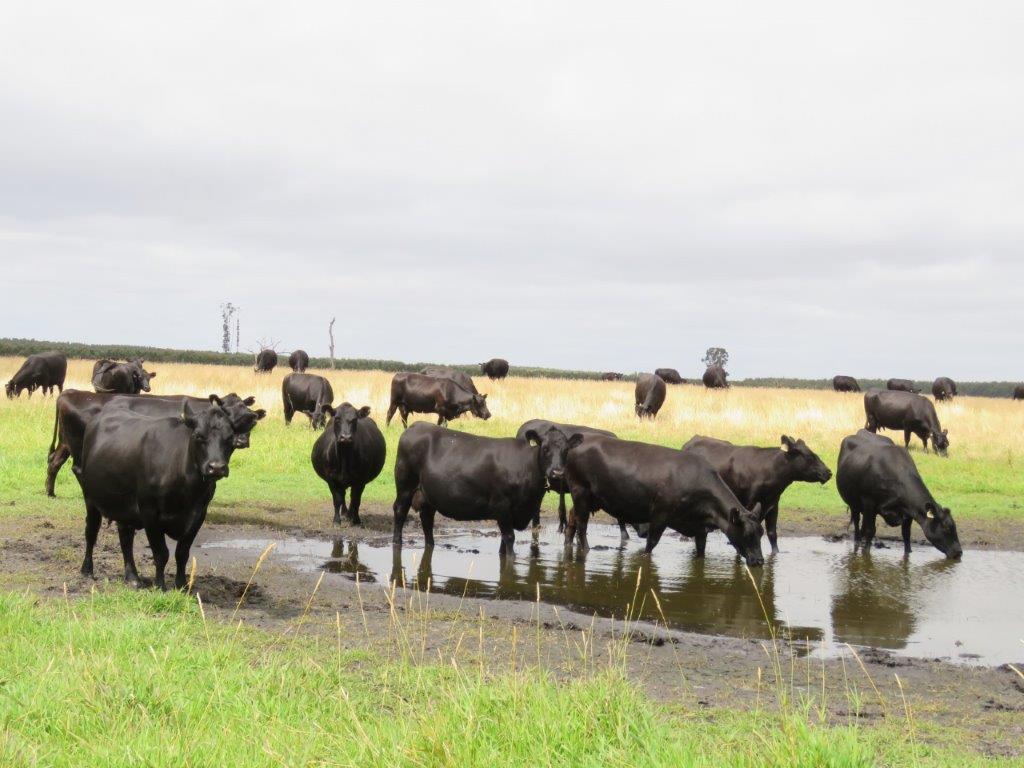
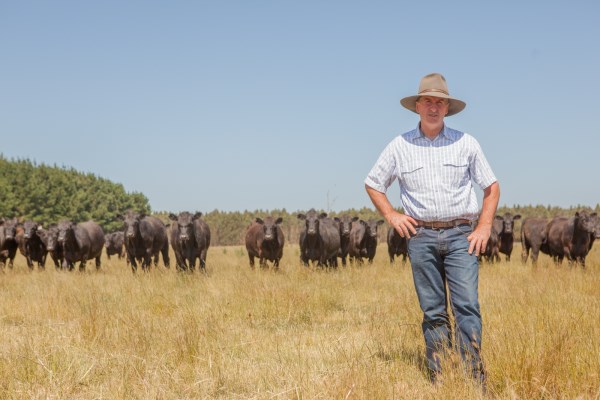
Photo taken by Kate Pearce, The Land Newspaper

